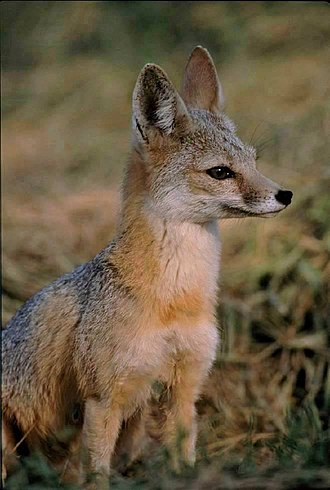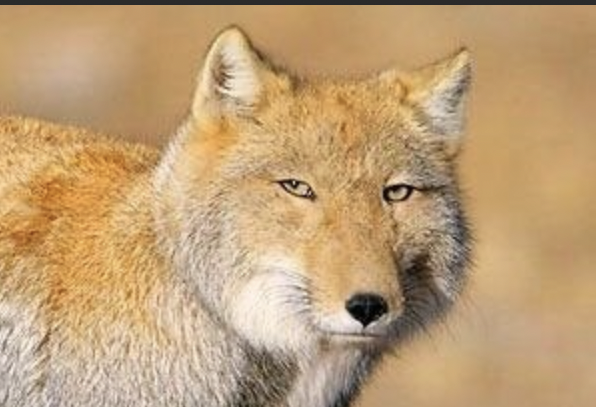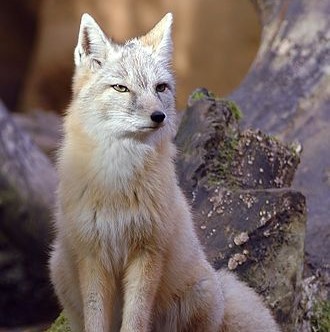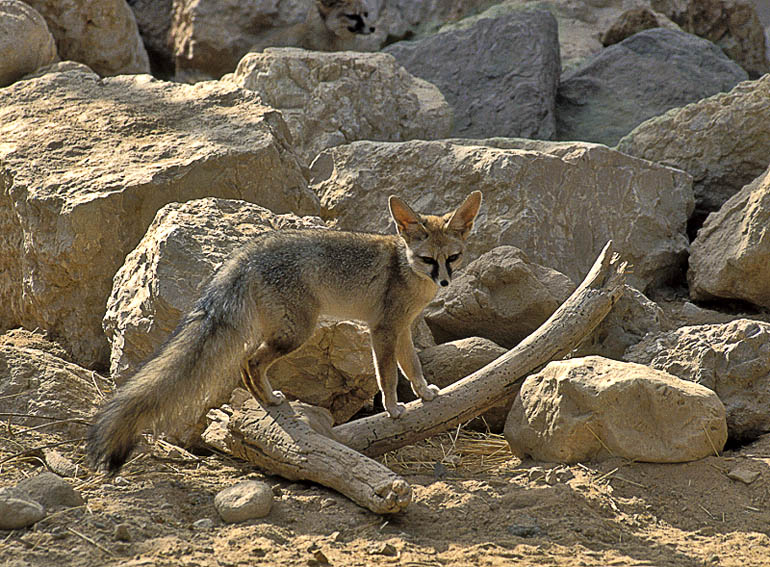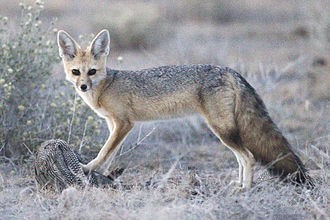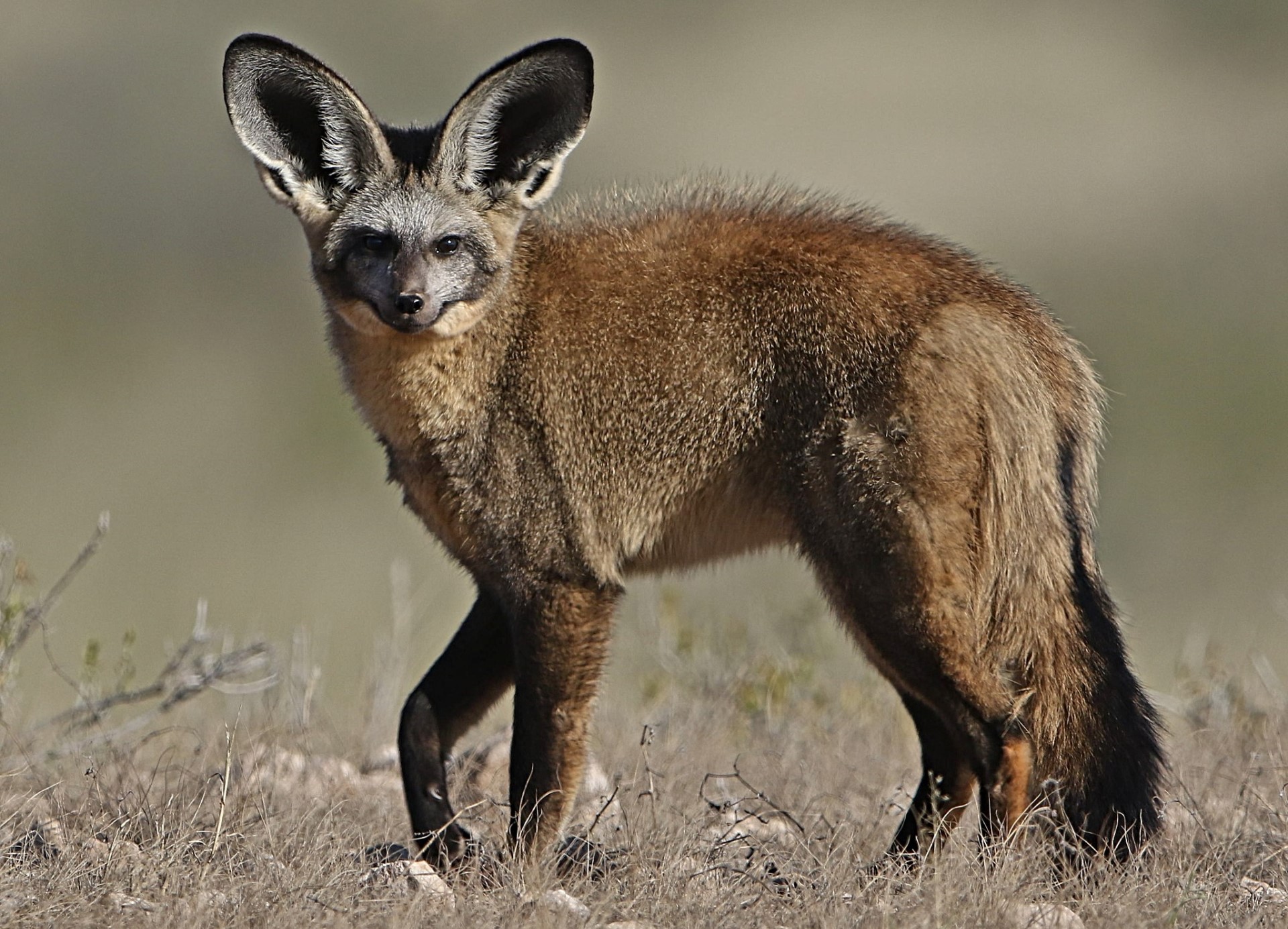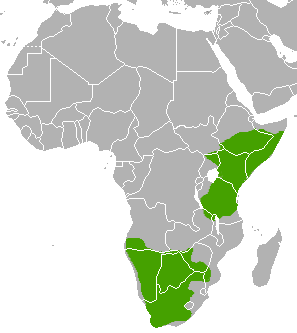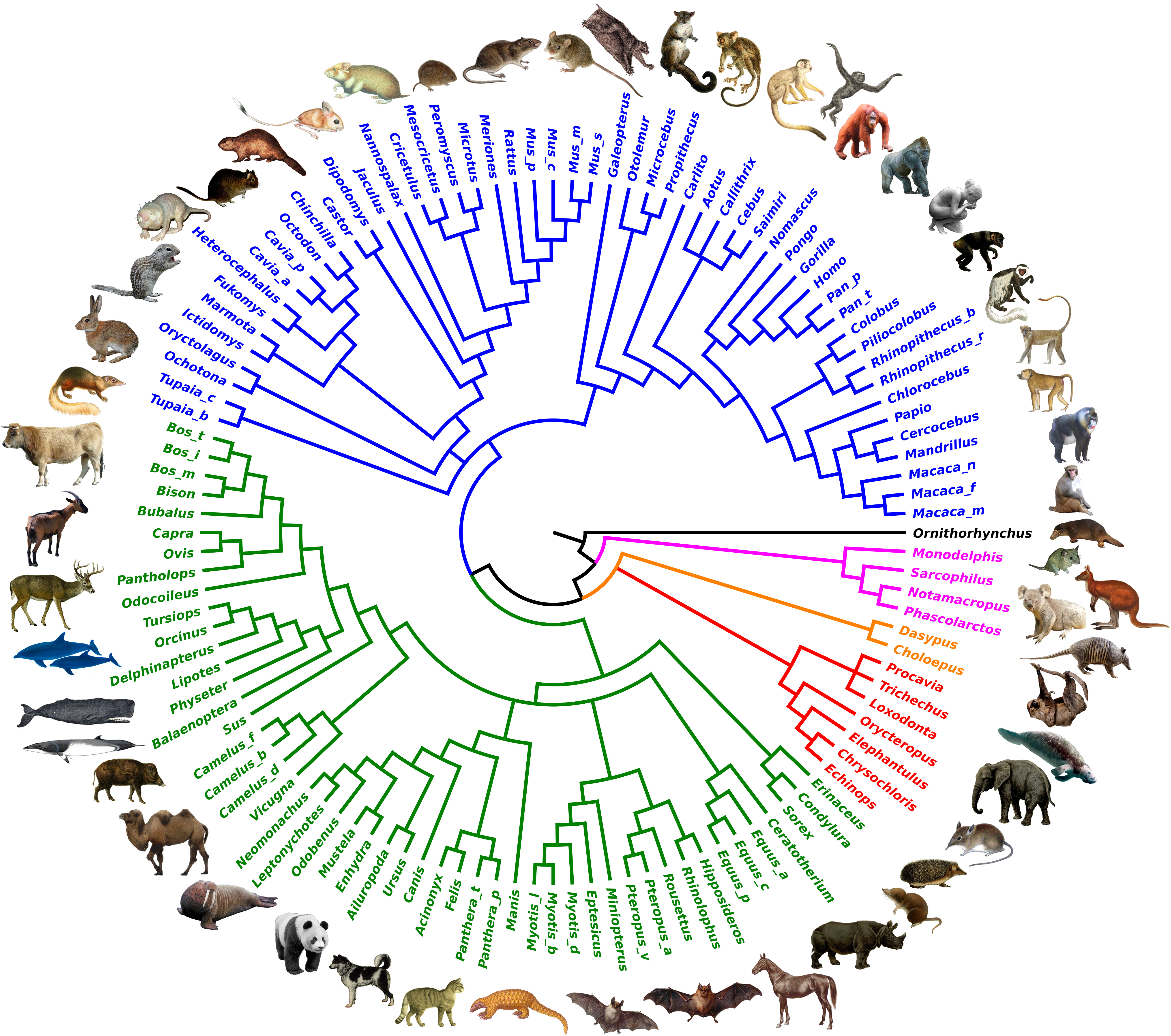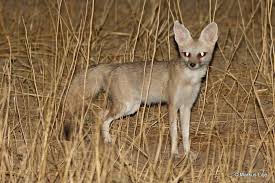
The pale fox (Vulpes pallida) is a species of fox found in the band of African Sahel from Senegal in the west to Sudan in the east. It is one of the least studied of all canid species, in part due to its remote habitat and its sandy coat that blends in well with the desert-like terrain.
There are 5 recognized sub-species.
It is found in the semi-arid Sahelian region of Africa bordering the Sahara Desert, from Mauritania and Senegal via Nigeria, Cameroon and Chad to the Red Sea. The southern border of its range extends to the savanna zones of northern Guinea. It is also present in Benin, Burkina Faso, Eritrea, Ethiopia, Gambia, Mali, Niger, South Sudan and Sudan. The habitat is sandy or stony arid terrain, and the pale fox is able to relocate southwards and northwards in relation to the periodic droughts that affect these regions.
Although the density of the pale fox is unknown, it seems to be a common species throughout its wide range. No particular threats have been identified although this fox is sometimes hunted in retaliation on raids on villages and predating poultry, and it is sometimes killed by vehicles at night. The International Union for Conservation of Nature has assessed its conservation status as being of “least concern”.

